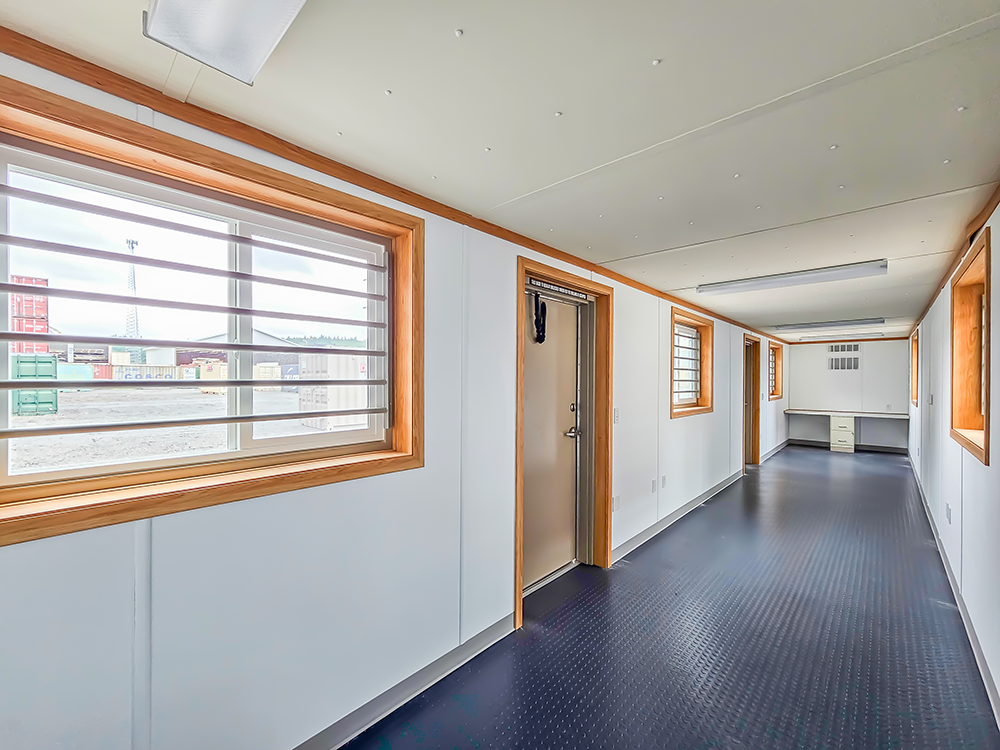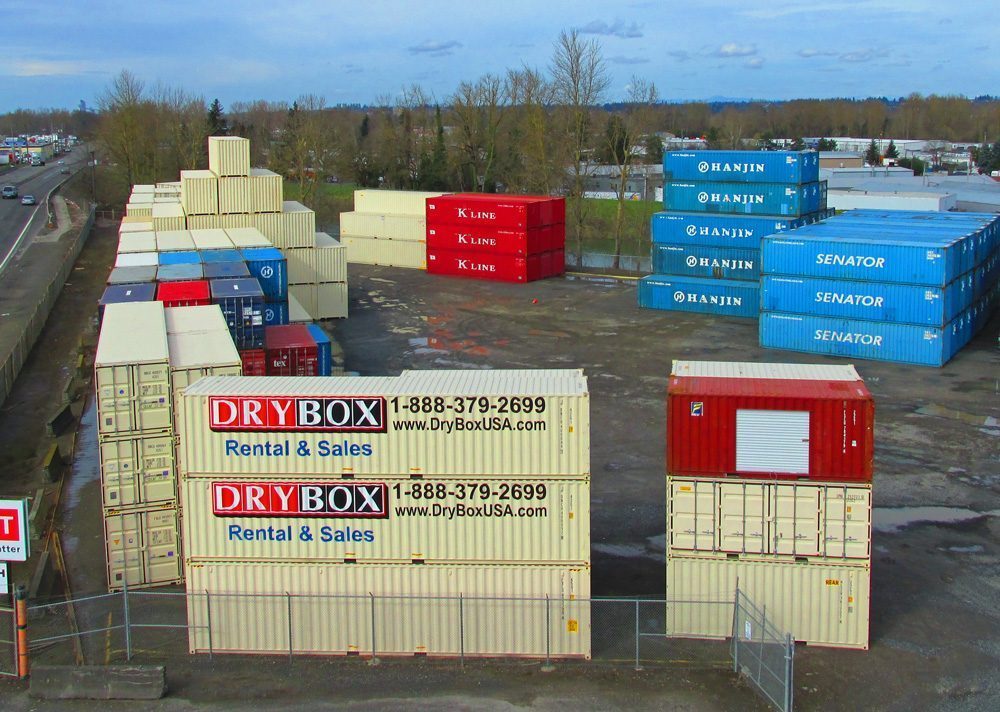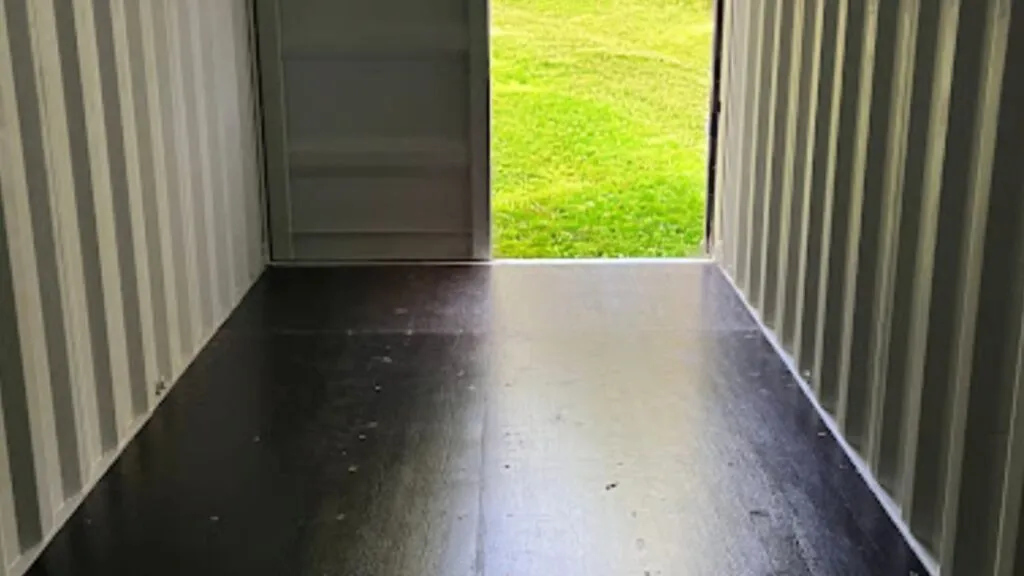5 Shipping Container Floor Options for Durability
Durable Flooring Options for Shipping Containers
Shipping containers are known for their durability, making them popular for a wide range of uses, from storage and transport to on-site offices and even living spaces. However, the floor you choose for your container can make a significant difference in its lifespan. Here’s a look at five of the most effective flooring options for shipping containers, each tailored to meet specific needs.
1. Original Plywood or Bamboo Flooring
Most standard shipping containers come with non-slip marine plywood or bamboo flooring that has been treated with a light layer of insecticide to protect against pests. These natural materials offer good durability, are readily available, and are affordable.
- Bamboo Benefits: Bamboo flooring is an eco-friendly choice. It’s renewable, biodegradable, and grows quickly, making it an excellent sustainable option.
2. Imitation Wood Vinyl Planks
Vinyl plank flooring is ideal for those looking to modify a container into a more comfortable, home-like space. This option is durable, easy to install, and comes in a variety of shades and finishes to match your style.
- Key Features: Vinyl planks can be installed directly over the original plywood, making them a great option for quick and easy upgrades. They add a polished, professional look suitable for office spaces or workshops.

3. Coin Vinyl Flooring
Coin vinyl flooring is a water-resistant option, popular for containers that see heavy foot traffic or frequent cleaning. Its textured surface provides grip, making it ideal for areas like bathrooms, greenhouses, or workshops.
- Durability and Safety: Coin vinyl is resistant to water, oil, and acid, and can be cleaned easily with a hose or mop. This is a practical choice for high-traffic or industrial-use containers.
4. Aluminum or Steel Flooring
Aluminum and steel flooring are typically used in heavy-duty industrial settings, providing a highly durable, watertight solution that can withstand significant wear and tear.
- Options Available: You can choose from smooth or treaded steel plates, depending on your needs. Both offer excellent water resistance and can be easily washed down, making them ideal for containers storing heavy equipment.
5. Epoxy Coating
Epoxy coatings can be added to various flooring types, including plywood, vinyl, and metal, to provide an extra layer of durability. An epoxy layer also gives the floor a shiny, professional finish while enhancing slip resistance.
- Why Choose Epoxy: Adding epoxy coating to a container floor can improve its lifespan and resistance to chemicals and moisture, making it a great choice for workspaces or containers used in harsh conditions.

Frequently Asked Questions About Container Flooring Options
What is the Best Foundation for a Shipping Container?
For long-term installations or container homes, a concrete pad or footing is recommended for stability and longevity. For temporary uses, gravel or wooden beams can work as a budget-friendly foundation.
What is the Standard Floor Material in Shipping Containers?
Standard shipping containers usually come with a marine-grade plywood floor, which is durable and resistant to wear. However, for additional protection, you may consider applying a waterproof coating.
Can You Place a Shipping Container Directly on the Ground?
While possible, placing a container directly on the ground can lead to moisture exposure and potential corrosion. A foundation of gravel or wooden beams can extend the container’s lifespan by improving ventilation and keeping it level.

Contact Dry Box for Your Custom Shipping Container Needs
Looking for more information on the best flooring options for your container? Dry Box has a variety of new and used shipping containers for sale and storage container rentals suited for both industrial and residential use. Contact us today for a free quote.










